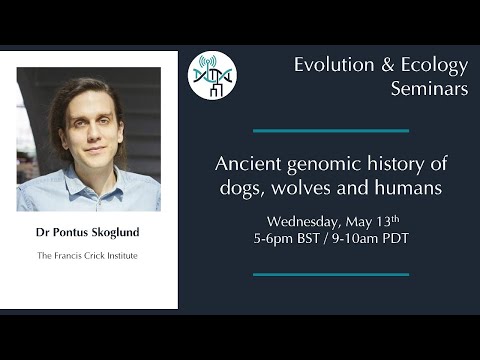Description:
Explore the ancient genomic history of dogs, wolves, and humans in this 44-minute lecture. Delve into hypotheses about wolf and dog history, examining gene flow patterns and the existence of five distinct dog populations at the beginning of the Holocene. Investigate ancestry clines in ancient European dogs, comparative population histories, and ancestry models using ancient dog populations. Learn about pancreatic amylase copy number changes through time and the survival of gray wolves during Ice Age megafaunal extinctions. Analyze 75 Holocene and Late Pleistocene wolf genomes, admixture graph models, and reference bias. Discover the emergence of present-day wolf ancestry after the Last Glacial Maximum and explore the ancient Siberian wolf ancestry in Husky-type dogs, including adaptive introgression.

Ancient Genomic History of Dogs, Wolves and Humans
Add to list